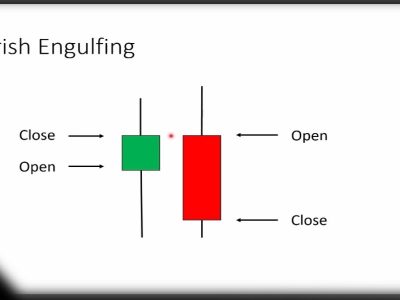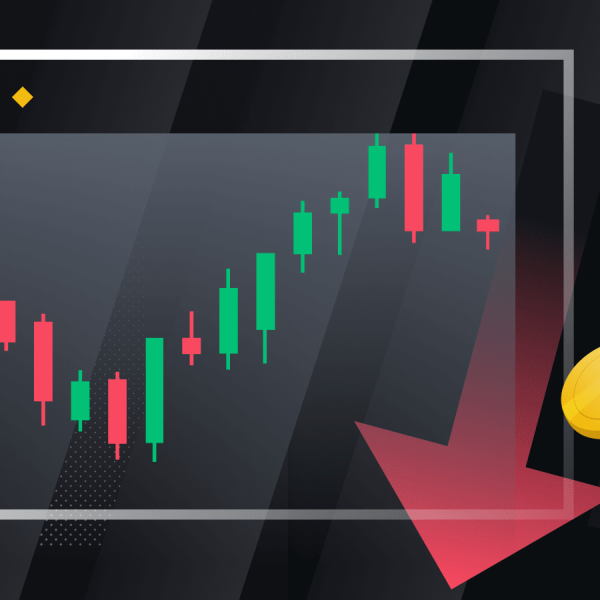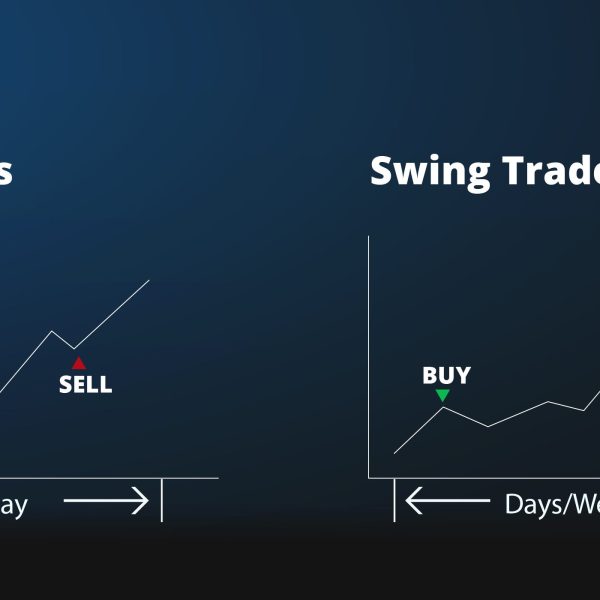Dogecoin, abbreviated DOGE, is a peer-to-peer and open-source digital currency. This cryptocurrency is an altcoin, also known as a meme coin. DOGE was released in 2013, and its logo is a photo of Shiba Inu’s dog.
Although Dogecoin was created just as a joke, its blockchain grew rapidly and is still one of the best digital currencies in terms of the trading volume. Its implementation technology is derived from Litecoin, and its capabilities include the script algorithm and low price, along with its high transaction speed.
You can also read: How Polygon is Solving Ethereum’s Scalability Issues
What is Dogecoin?
Dogecoin was based on a joke but has risen sharply since late 2017 due to the cryptocurrency market price bubble. After the bubble burst in 2018, the price of Dogecoin also fell rapidly. In 2021, the currency began to grow again.
Users can buy and sell Dogecoin at the most reputable digital currency exchanges or store it in their hardware and software wallets.
The History of Dogecoin
Dogecoin is a decentralized, peer-to-peer digital currency that enables you to easily send money online. Dogecoin is based on the popular “Doge” Internet meme. Dogecoin is mined (like other cryptocurrencies) by solving complex mathematical problems. Dogecoin has a large and active community that is very friendly and helpful.
In the Beginning
Jackson Palmer was a product manager in Sydney and Australia at Adobe and is a significant maker of Dogecoin. Palmer has been described as a “skeptical-analytical” observer of emerging technology, and his initial tweets about his new investment in digital currencies were plain language. But after receiving positive feedback on social media, he bought the domain dogecoin.com.
Around this time in Portland, Billy Marcus, one of IBM’s core developers, set out to build a cryptocurrency but could not simply announce his achievements. Marcus contacted Jackson Palmer, and they helped develop what is known as DOGE.
The central DOGE infrastructure is based on the lucky coin, which is also the structure of Litecoin. The coin is programmed in such a way that it uses random rewards to discover the block. However, since 2014, its algorithm has changed to a fixed reward. Dogecoin uses Scryppt and PoW technology.
Palmer and Marcus released the coin to the public on December 6, 2013. Two weeks later, Dogecoin rose more than 300 percent, primarily due to China’s restrictions on investing in digital currencies that year.
The Rise of Dogecoin
Dogecoin is known as a fun version of Bitcoin that bears a Japanese dog logo like Shiba Inu. Social networks and social media have widely used Dogecoin. The script algorithm, along with its limitless inventory for faster and more efficient transactions, has made it one of the most attractive digital currencies after Bitcoin.
Dogecoin is an inflationary coin that has no ceiling and is constantly increasing in size. Every four years, the amount of bitcoin mined is halved, but Dogecoin does not have such a system.
In January 2014, the Dogecoin Association donated more than $ 27 million worth of Dogecoin to a Jamaican charity team at the Sochi Winter Olympics. Three months later, the Dogecoin Association raised about $ 11 of the coin for construction in Kenya and $ 55,000 for the support and sponsorship of NASCAR driver Josh Wise.
Controversy Takes Some Fun From Dogecoin
Since 2015, due to the great attention paid to Dogecoin, DOGE has been taken more seriously and has grown at an unprecedented rate. The first sign, albeit a bad one, was the departure of Jackson Palmer because he no longer saw the Dogecoin Association as it used to be.
One of the Dogecoin community members in those days was Alex Green, better known as Ryan Kennedy. He founded the Dogecoin exchange named Moolah. Alex Green was known in the community as a luxury dumpster who reportedly mistakenly donated $ 15,000 to $ 1,500 to raise NASCAR.
Green Exchange encouraged community users to donate large sums of Dogecoin for their own making, but it was later revealed that he had spent nearly 1.5 million bitcoins that way to build a personal life. In addition, Kennedy was convicted of multiple counts of rape in 2016 and sentenced to 11 years in prison.
DOGE main features
No Maximum Supply
Dogecoin has no restrictions on the number of offers. Miners can receive more than 10,000 Dogecoin for each block discovered, and each block is created every minute. So every day, more than 14,400,000 new tokens are made and placed in users’ wallets.
At the time of writing, more than 131.28 billion DOGE tokens are in circulation, and its market cap is $ 30.67 billion, valued at $ 0.20 per token.
Decentralization
The decentralization of the core security is greater than the digital ones, in that everyone in the world has a part of the blockchain structure. The decentralization of a cryptocurrency is the number of nodes operating in a network.
According to block explorer, the DOGE token has more than 1090 nodes, equal to ten percent of Bitcoin. If one can take over 50% of the network, one can simply infiltrate the DOGE network and steal all user information.
Most Dogecoins are in the Hands of a Few
Most DOGEs are available to a small number of people. Some DOGE wallets have large amounts of this token. So a small move by these people can suddenly turn the whole market upside down. Nearly 0.002 percent of DOGE wallets account for almost two-thirds of the total coin supply. In Bitcoin, the story is a little different. The distribution of Bitcoin tokens is much more logical and regular.
How Dogecoin Works?
DOGE Cryptocurrency is based on blockchain technology that operates from a distributed, secure digital structure by performing transactions on the network. The DOGE network also works with a powerful cryptography system to secure all transactions in the blockchain network.
Dogecoin mining uses the PoW algorithm, which requires users to work with powerful tools and miners to solve mathematical problems to discover blocks in the blockchain. Any miner who can detect a block will receive a reward as a doge.
Conclusion
DOGE can be used to make various payments or purchases that support this currency. Because DOGE does not have distribution restrictions, its price fluctuates sharply, so only specific shopping centers accept this coin.
DOGE miners can detect blocks of this network faster and easier than Bitcoin. For this reason, ease of transaction is one of the main advantages of DOGE. It takes about a minute to discover a block, which is close to 10 minutes for a Bitcoin. This change can significantly help Bitcoin and increase its value even more in the future (unlike DOGE).











